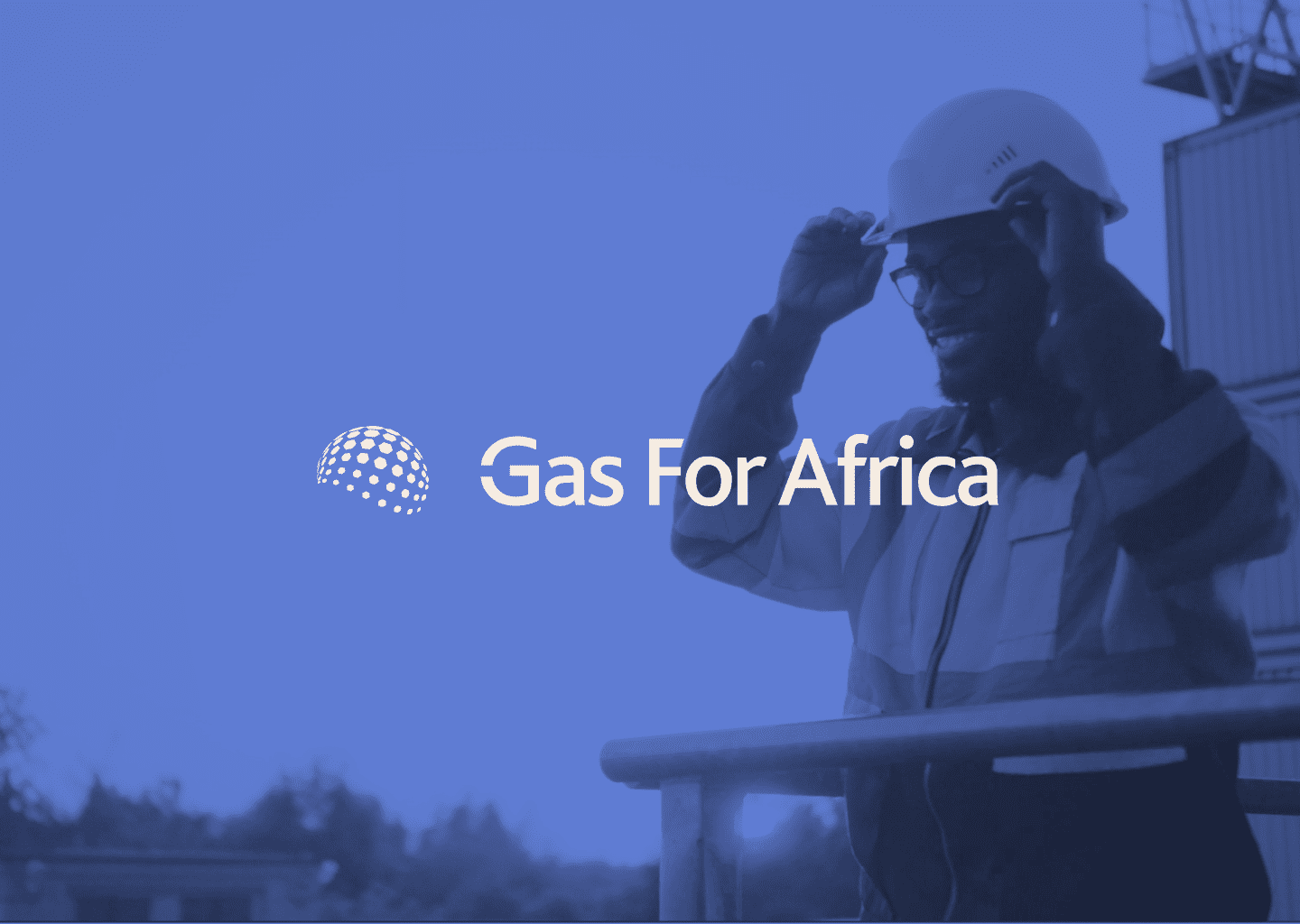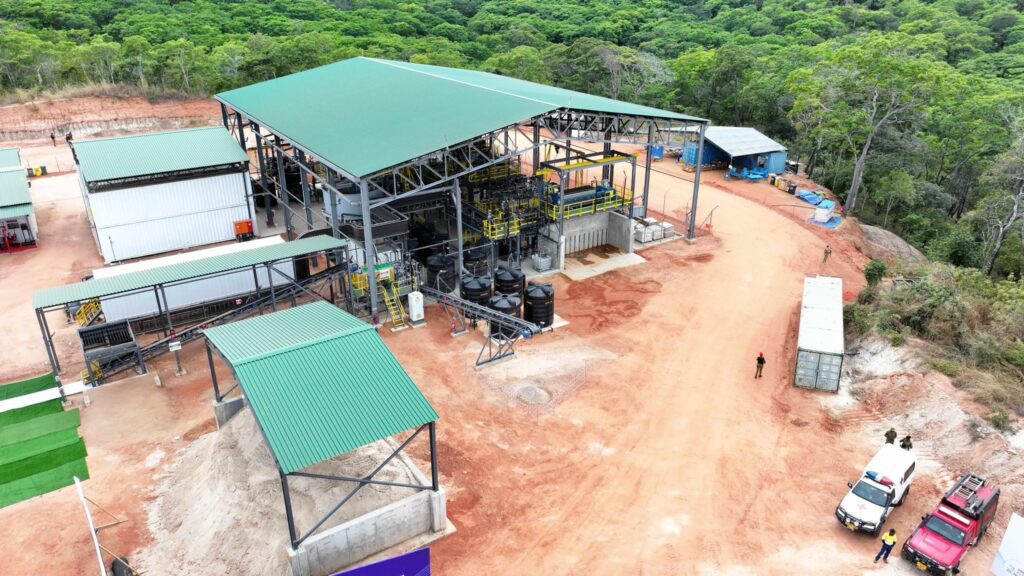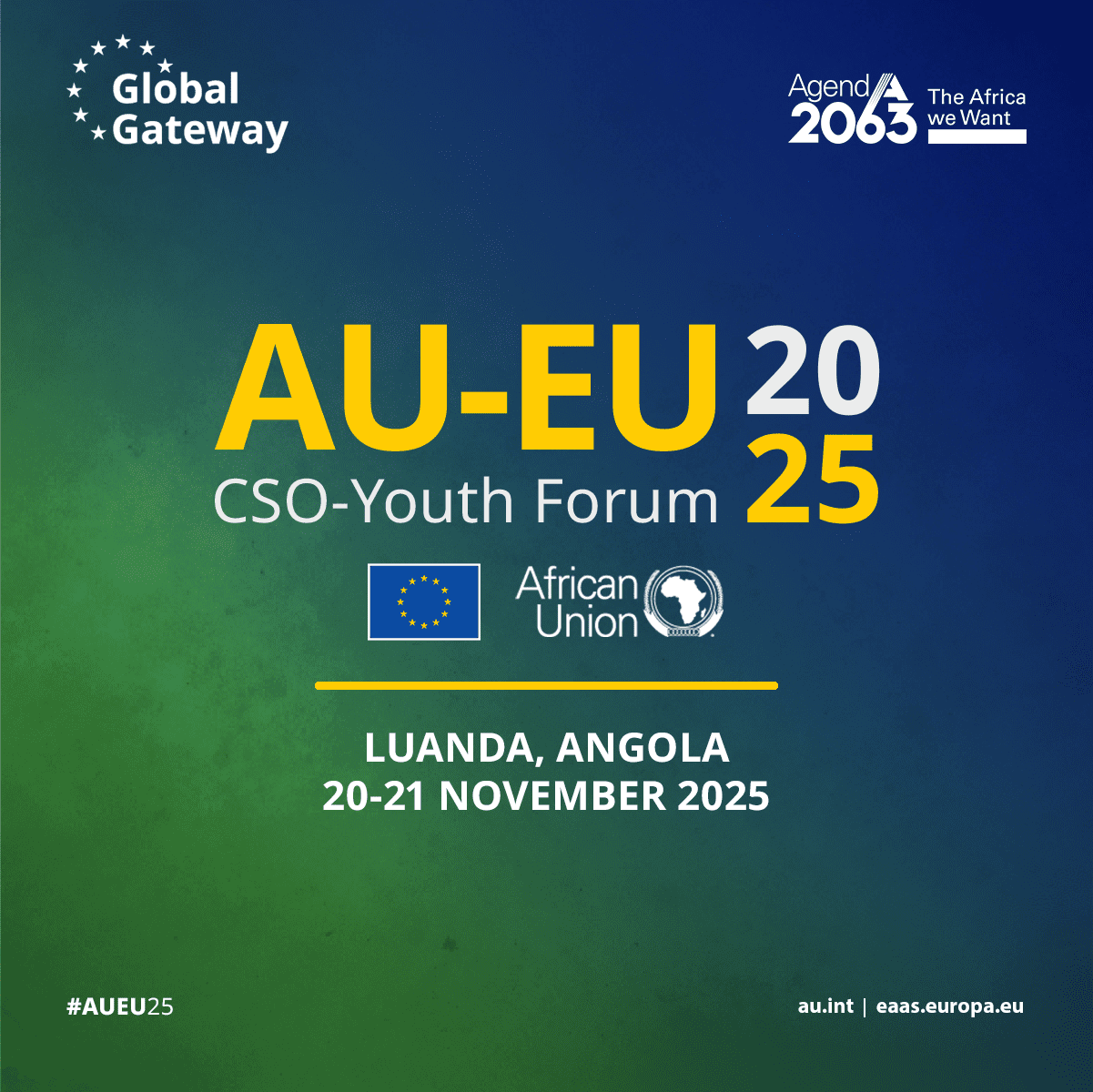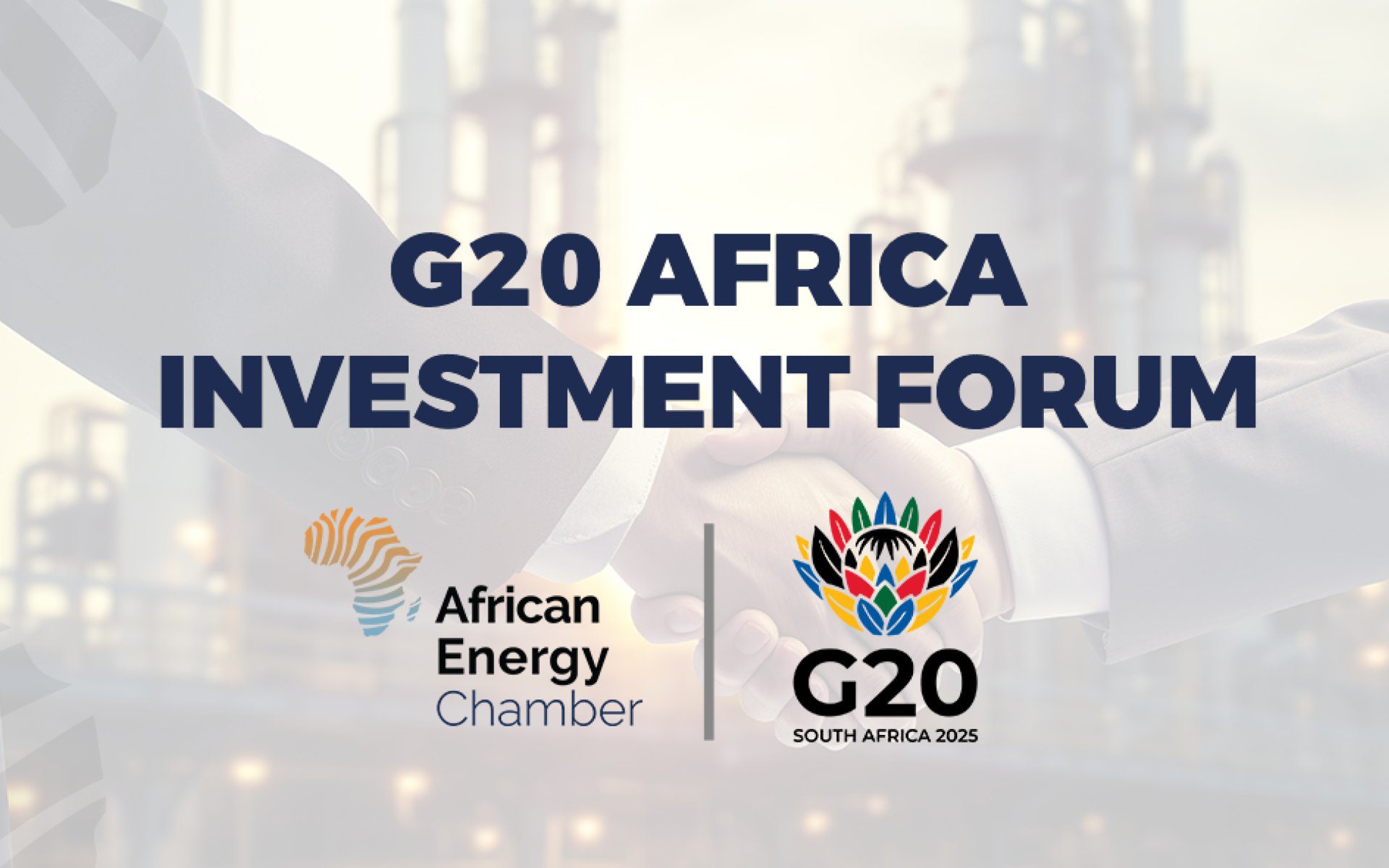
Monday, 11th August 2025

Par inAfrika Reporter
By sunrise in Namtumbo the red earth hums different. At Nyota, Mantra Tanzania’s pilot plant is running—not in a slide deck, but in the field. That pivot from promise to process is the real milestone: a test line built to turn ore into engineering data and a schedule you can bank. The late-July commissioning drew President Samia Suluhu Hassan to site, a public marker that uranium is moving from political talking point to industrial program.
Keep the spine of facts straight. The Mkuju River Project sits on the Nyota deposit in Namtumbo District, Ruvuma, operated by Mantra Tanzania within Rosatom’s Uranium One group. The pilot exists to validate the flowsheet—tighten recoveries, dial reagent intensity, de-risk metallurgy—so the full build doesn’t chase the ore body. Data from this unit feeds a main complex slated to start construction in early 2026 and commission in 2029, with a planned capacity of up to 3,000 tonnes of uranium per year if the ramp holds. In a fuel market that pays a premium for predictability, the dates and the tonnage are the test.
The governance frame is clear enough for financiers to model. Tanzania’s post-2017 regime mandates a non-dilutable free carried interest of at least 16% for the Government in mining and special mining licence projects, with a pathway—where tax expenditures are quantified—for state equity to climb as high as 50%. At the pilot launch, officials signalled a 20% state stake at Mkuju, pairing political ownership with revenue expectations. For capital providers, the combination of a statutory floor and disclosed project terms reduces the worst kind of risk: surprises mid-financing.
Mkuju also carries a longer shadow. In 2012, UNESCO’s World Heritage Committee approved—“in an exceptional and unique manner”—a boundary modification excising the Mkuju mining area from the Selous Game Reserve (parts later gazetted as Nyerere National Park). That green light came with hard expectations: implement environmental management plans, respect local social conditions, and keep extraction and processing aligned to international standards, including IAEA rules. The committee has repeated those expectations over the years; no one is pretending scrutiny will fade. For Mantra and the state, the only durable answer is evidence: closed-loop water systems, real-time ecosystem monitoring, biodiversity programs, and transparent tailings stewardship, reported on a predictable cadence.
The market backdrop is constructive but not forgiving. Governments are leaning back into nuclear for energy security and decarbonization; the IEA expects global nuclear generation to hit a record in 2025 and notes one of the highest levels of new capacity under construction in decades, while the IAEA’s latest outlook lifts long-term growth expectations again. None of that guarantees smooth sailing for a single supplier, but it explains why utilities will pay for reliability: steady grade, steady output, steady compliance. The pilot’s job is to convert that logic into design discipline, so the line that matters most—monthly tonnes out the gate—becomes boring in the best way.
Execution, always, is where reputations are made. Southern logistics bite during the rains; long-lead procurement can slip if decisions waffle; tailings integrity tolerates no shortcuts. The mitigations aren’t glamorous: lock long-leads early, modularize where it lowers variance, keep fixed rail/road plans rather than wishful trucking, and publish HSE statistics so regulators and communities see the same numbers management sees. A Russian-linked strategic project will draw extra eyes; that is a reason to over-communicate operations, not an excuse to talk around them.
Jobs and local value are where the project will be felt first. Mantra and Rosatom point to thousands of direct and indirect roles across construction and operations, plus road upgrades in Namtumbo. Those claims need to harden into targets and timelines, backed by supplier development and skills training that outlast a single project cycle. The best version of Mkuju is not a boomtown story; it’s a disciplined industrial asset that teaches Tanzanian firms to do more complex work, safely, year after year.
If the pilot keeps doing its quiet work—stable recoveries, tight reagent use, honest schedules—and if the ESG ledger is evidenced in public, Tanzania won’t just enter uranium; it will enter as a reliable supplier. The sound at Nyota this month is small on a map but loud in the market: steel in the ground, a clock starting, and a project that will be judged by flow, not fanfare.


